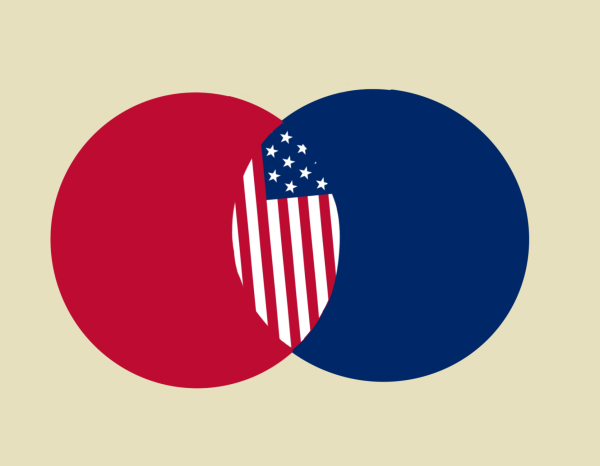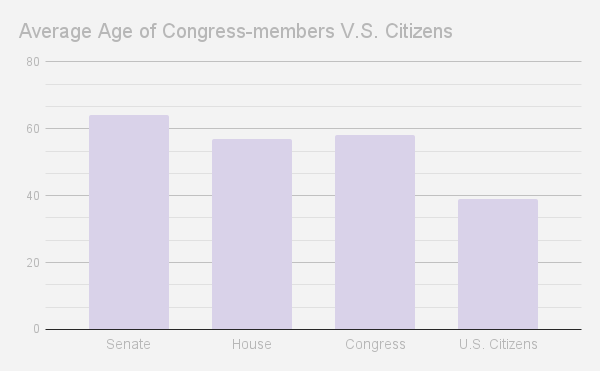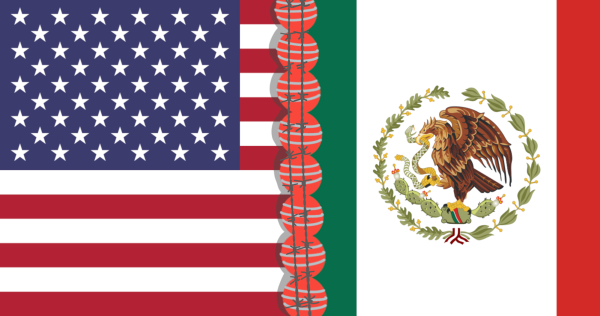Small School, Big Benefits
On average, public schools in the United States have around 752 students enrolled in their classes that they are tasked with educating on a regular basis, but how can teachers effectively teach so many students a day. Realistically speaking, teachers shouldn’t have so much weight on their shoulders from day to day.
At a private school, the number of students is drastically smaller, resulting smaller teacher to student ratio typically ranging from 6:1 to 10:1. A smaller student to teacher ratio allows a teacher to effectively teach their students using the teaching style best suited for that student. In addition, this allows teachers and students to connect on a deeper, more personal level. Studies have shown that students are more likely to listen to a teacher and learn from them if they feel even the least bit connected to the speaker. Therefore, if one has the opportunity to attend a school that is smaller in numbers, they need to take it. Attending a smaller school furthers your education to a point that one cannot receive by simply attending a public school with 751 other students around them.
Smaller schools allow students to make better relationships than possible at a larger school. Every day that a student attends a new school, they meet someone new, and whereas this may be helpful in building social skills, ultimately it allows students to be acquaintances with many people yet friends with none. In this case, having few close friends can lead to students feeling insignificant or wanted which relates into a greater number of students affected by depression in public schools.
Small schools are defined by having fewer than 300 students enrolled at one given time. Fewer students enrolled in a school simultaneously allows there to be a fewer number of students in each class. This causes a student’s opinion to be much more important than it would be in a larger class. Having fewer students means having fewer places for a student to hide during a group discussion, and forces the child to participate in the discussion. This introduces a child to the curriculum used in present-day college classes, and overall prepares the child to be successful when they’re on their own.
Smaller schools offer too many benefits for a child for their parents to turn down. They prepare students to be successful by throwing them into the world of college curriculum, and should always be considered.












